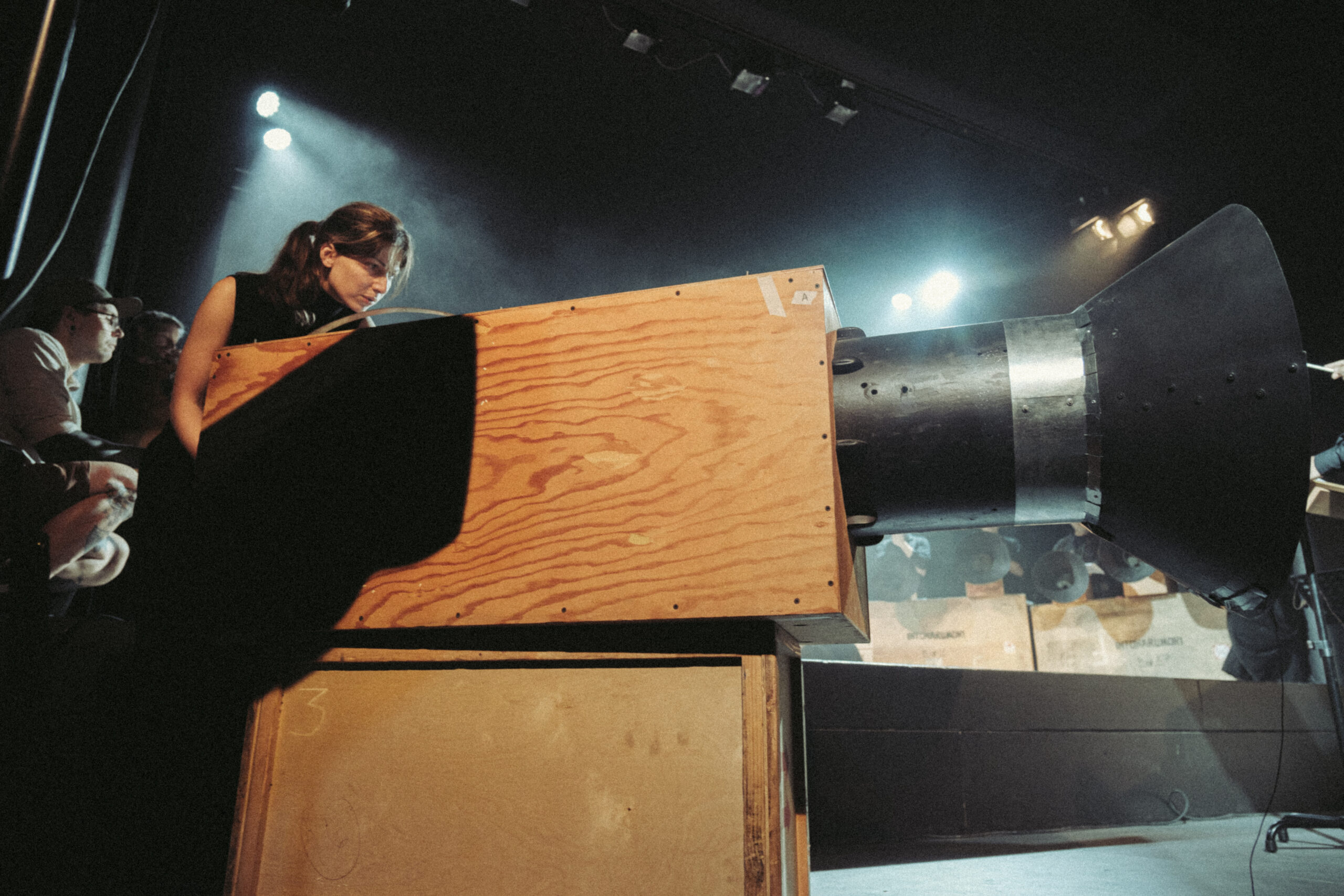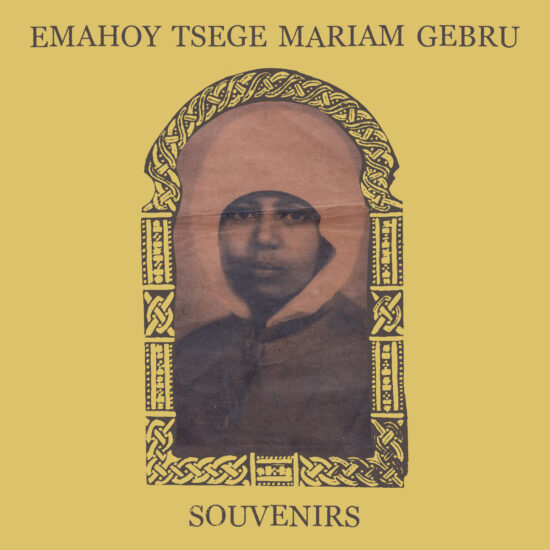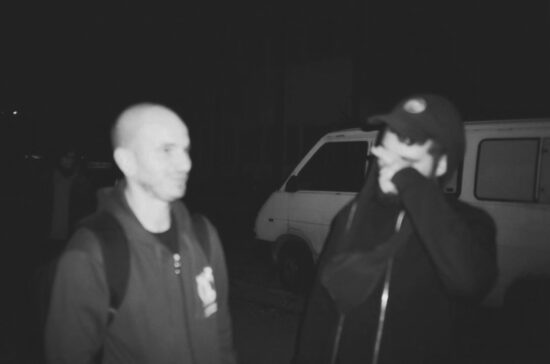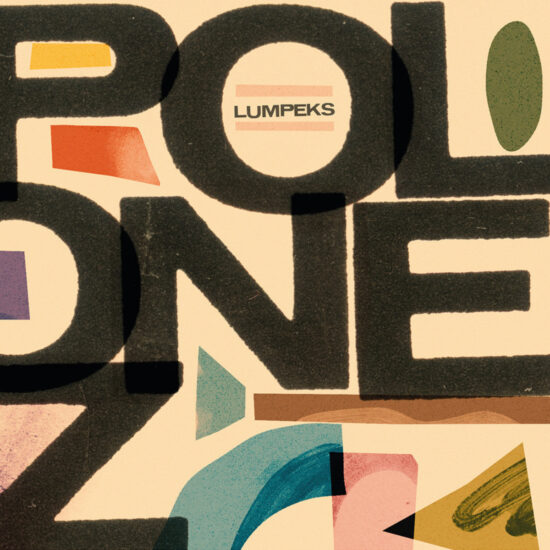Jakub Knera reports from the ninth edition of the Sanatorium Of Sound, in Sokołowsko, Poland and focuses on the wild intonarumori instruments of Italian futurism, takes a deep listening walk to a mountainous opencast mine at dawn, and enjoys the healing properties of outdoor sound.
The Sanatorium Of Sound is different from most city festivals. There are no dizzying distances, no multiple clubs, but rather a few locations available at your fingertips. You can cross the whole village in 15 minutes.
Almost two decades ago, artists Bożena Biskupska and Zygmunt Rytka came to the village from Warsaw and decided to stay. They bought the former Villa Rosa and the destroyed Brehmer Sanatorium to rebuild them each year, part by part. The latter is a majestic red brick building reminiscent of a ‘Moorish’-style castle, initially opened in 1855 as the world’s first specialist sanatorium for the treatment of tuberculosis. It was the inspiration for the world famous Davos sanatorium in Switzerland a decade later. Just as this setting was the inspiration for Thomas Mann’s The Magic Mountain, Sokołowsko and the Brehmer Sanatorium was an inspiration for Empusionwritten by another Nobel Prize laureate Olga Tokarczuk in 2022 [an English translation should be available via Fitzcarraldo Editions next year].
Biskupska’s daughter Zuzanna Fogtt and Gerard Lebik have been organizing a festival here for nine years. Through various artistic practices, they explore sound, including its healing properties; this year’s theme is noise and futurism. People walk among almost 100-year-old townhouses decorated with floral patterns, as are the nearly fairytale-like balustrades on the bridges that cross the stream that flows through here.




